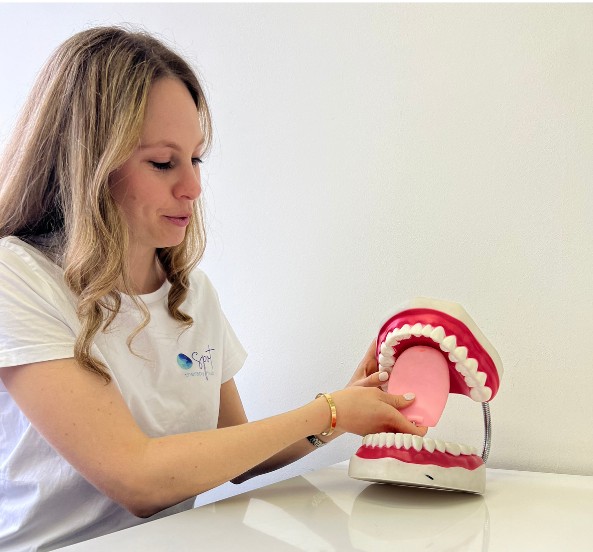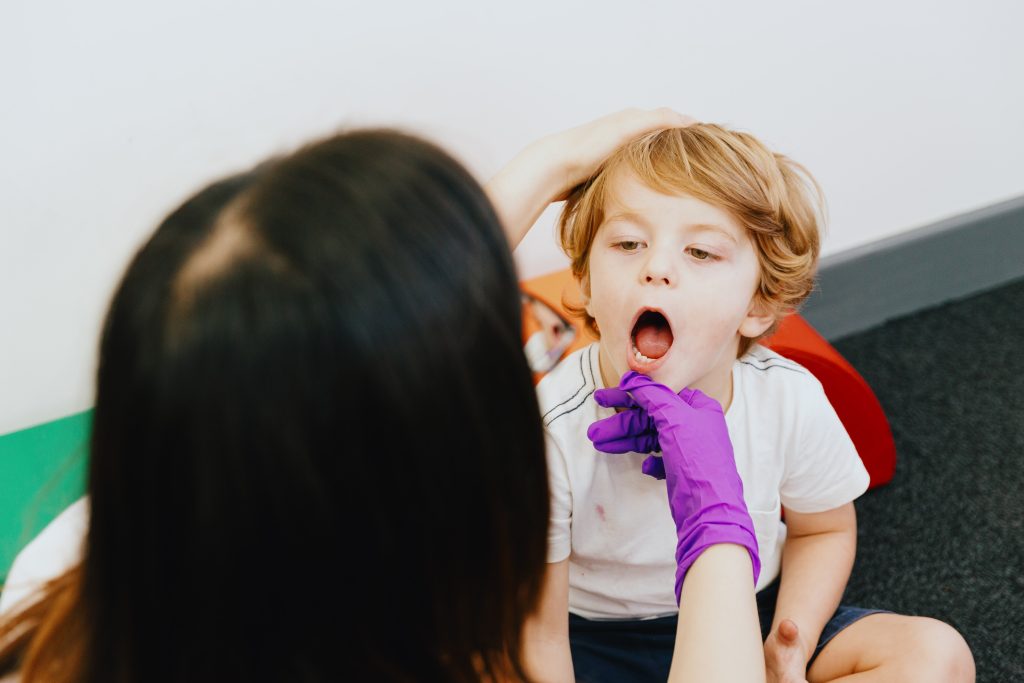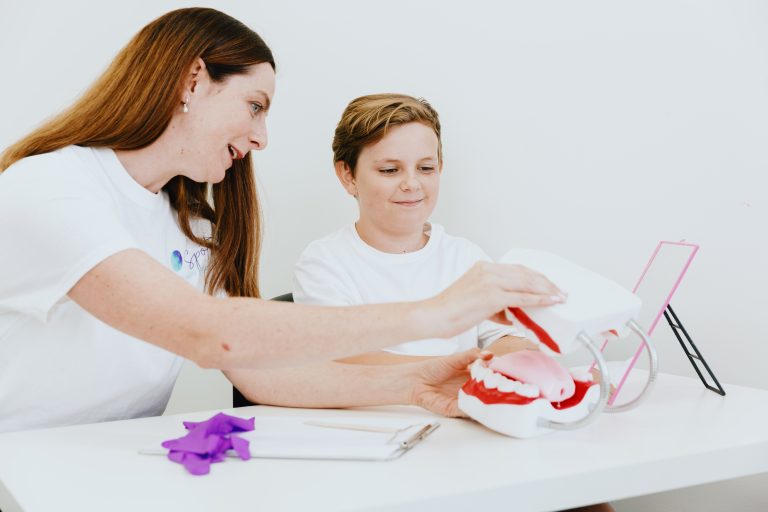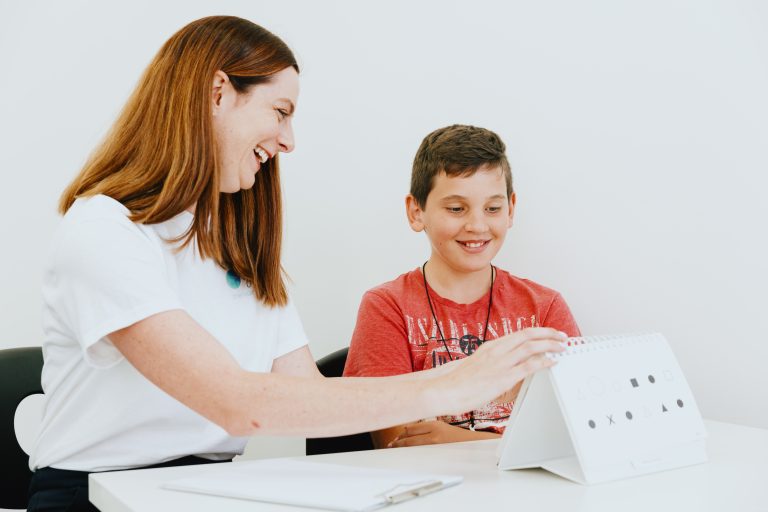
Orofacial Myology (“Myo”) is a treatmet modaility within the scope of Speech Pathologists & Occupational Therapists who have completed training focusing on orofacial function.
The goal of Orofacial Myology is to establish, maintain or restore function of the muscles of the neck and face, and in particular, the lip and tongue.
Symptoms that can be improved through Orofacial Myofunctional Therapy (OMT) include:

Posture, breathing, swallowing and speech may all be affected by dysfunction in the control and use of orofacial muscles. As children grow, the functional use of orofacial muscles is essential for the correct formation of the structures of the head and neck. In other words, it is the action of muscles that causes bones to grow.
When muscles are not used (for example, when children eat a consistently soft diet) or when facial muscles are used asymmetrically (for example, when a child consistently chews on one side of their mouth or slides their jaw to one side when speaking as they are compensating for a tongue tie), the growth of the palate and jaw are impacted. Because the roof of the mouth is the base of the nose, the way orofacial muscles are used early in life, can have a significant impact upon airway and breathing. The cascade of events may continue, with a knock-on effect often seen in sleep quality. Poor sleep may impact upon cognitive development, attention, executive functioning, learning and emotional well-being.
The good news is, we can have a significant positive impact on all these things by working with children early on.
The most critical time to foster correct muscular habits is under the age of six, before the sutures of the palate have knitted together. Nevertheless, adults also benefit from Orofacial Myology & Speech Pathology, although Orthodontic involvement is also likely to be required for optimum results.
We have explained how muscle function can affect form. Well, the structure or ‘form’ of the face can also affect function. For example, resolving certain speech difficulties may not be possible if there is an open bite, large over-jet, narrow jaw or high, narrow palate. These issues may become more pronounced as a child grows older. A narrow palate and nasal passage may also lead to mouth breathing during the day and night, and symptoms of sleep disordered breathing (snoring, apnoea).
It is very important to recognise that persisting habits, such as thumb sucking or nail biting, will invariably mean that a functional swallowing pattern and mature speech, cannot be established. This is why we are so committed to helping children and adults, breaking those habits


